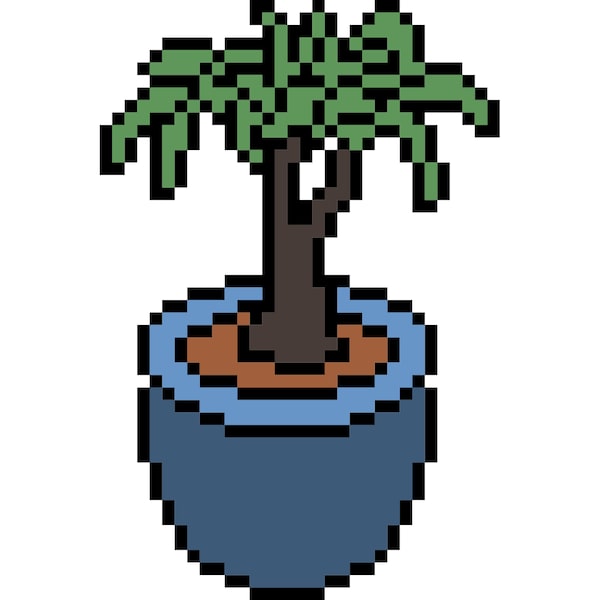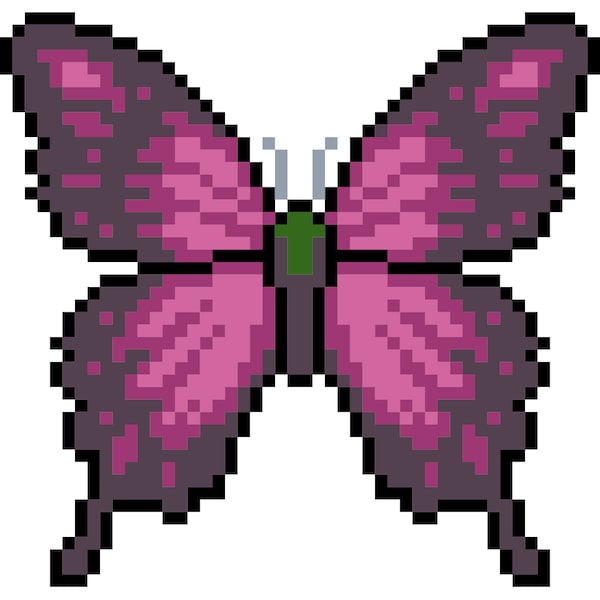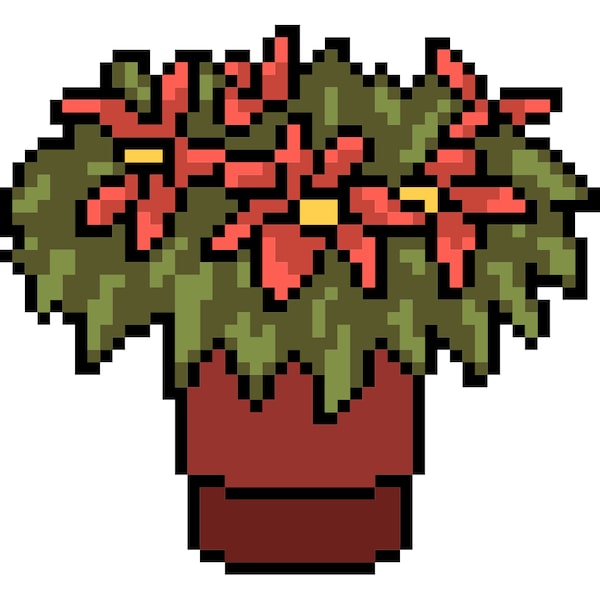What’s the difference between organic matter and compost?
Organic matter is any material that will break down further – think forest litter. Mulch is made up of organic matter, such as leaves, shredded bark and hacked up bits and bobs from around the garden. It is used around plants for protection.

istock
Compost is organic matter with a high carbon content that has completed the microbial cycle of decay, turning it into a sweet-smelling, soil-like material. It is full of trace elements, and has all the nutrients most plants will ever need.
Compost is created in a pile with layers of green (kitchen scraps, grass clippings) and brown (dead leaves) and needs oxygen so it must be turned over and watered on a regular basis. It is filled with red wrigglers – the worms that ingest the material and poop it out to make the compost. Compost added to the soil’s surface will feed plant roots.
When can I take indoor plants outside?
The process of moving indoor plants outside is called hardening off: It gives the plants a chance to adapt to different environmental conditions. To do this successfully, you need a plan.

istock
Once you think it’s past the last frost (not an easy task these days), place the containers outdoors so they are exposed to natural light but out of the wind. Start with three or four hours the first day and add a few more hours each day until they are outside for the season – this should take about a week.
If you aren’t confident about consistent nighttime temperatures of 10 C, then fling an old bed sheet over them at night. Do the same if there’s a sudden calamitous event, such as a freak hailstorm.
If you decide this is too much trouble, be cautious about when you decide to put plants outside. Cut off any damage from inclement weather and wait a little longer for a vivid or breathtaking response.
How can I attract butterflies and other good insects into my garden?
Organize plants by seasonal bloom. Insects need something nutritious from spring onward. Plant in at least six hours of sun. Think bright beckoning colours and stick to species such as Echinacea purpurea rather than fluffy cultivars (cultivated varieties), such as Echinacea “Double Scoop Bubble Gum.” Never use pesticides or other killer chemicals.
For early arrivals: Milkweed (Asclepias incarnata is native to Ontario) makes the perfect host on which butterflies can lay their eggs so that the emerging larvae can munch on the leaves.

istock
For midsummer: Keep a small patch of goldenrod (Solidago spp), which doesn’t trigger allergies and looks great, tickseed (Coreopsis spp), bee balm (Monarda spp), or Joe-pye weed (Eupatorium spp).
For autumn: Purple coneflower (Echinacea purpurea), especially the simple structure of all nine species, will draw butterflies in; so will asters and butterfly bush (Buddleia);
Cosmos is one of the best annuals you can use to attract butterflies. But you can also build or buy a butterfly house. The insects will climb in during heavy rain or wind and find solace.
When should I fertilize my container plants?
Whether on a balcony or on the patio, container plants will need fertilizing at some point even with good potting soil and lots of compost added to the top at the time of planting. Use an organic slow-release fertilizer. The organic part is important: Natural elements are less likely to burn the plants as many chemical fertilizers, especially liquid forms, are apt to do.

istock
Experienced container planters leave spring plantings alone since most plants are already well-fed by the nurseries; summer containers need a boost after the first flush of bloom; this should hold them until first frost.
I like to add compost tea at least once or twice a season: Put a bag of compost into a pail of water and let sit for a couple of days. Use the water to feed the soil but cut it in half before you use it on container plants.